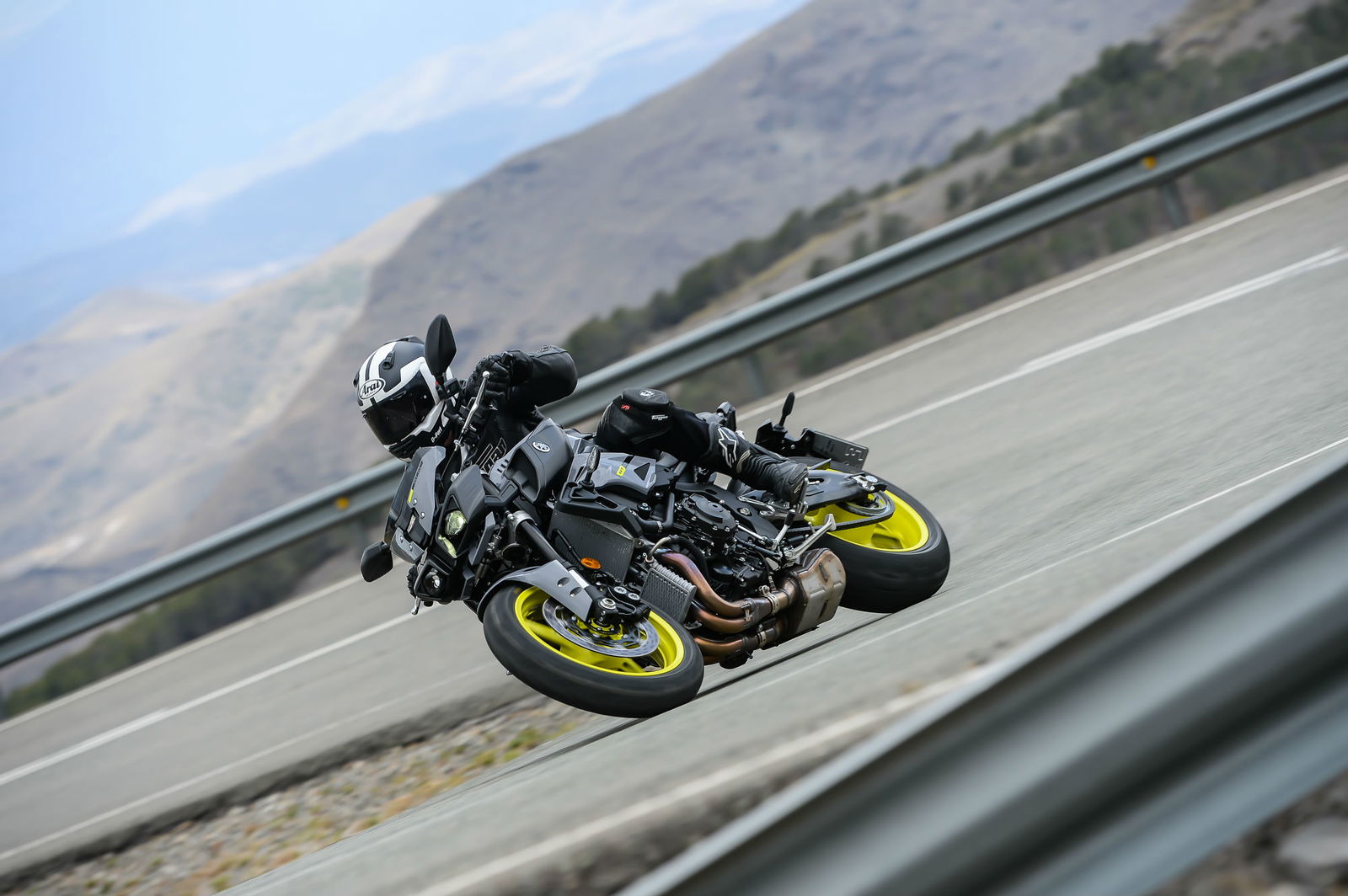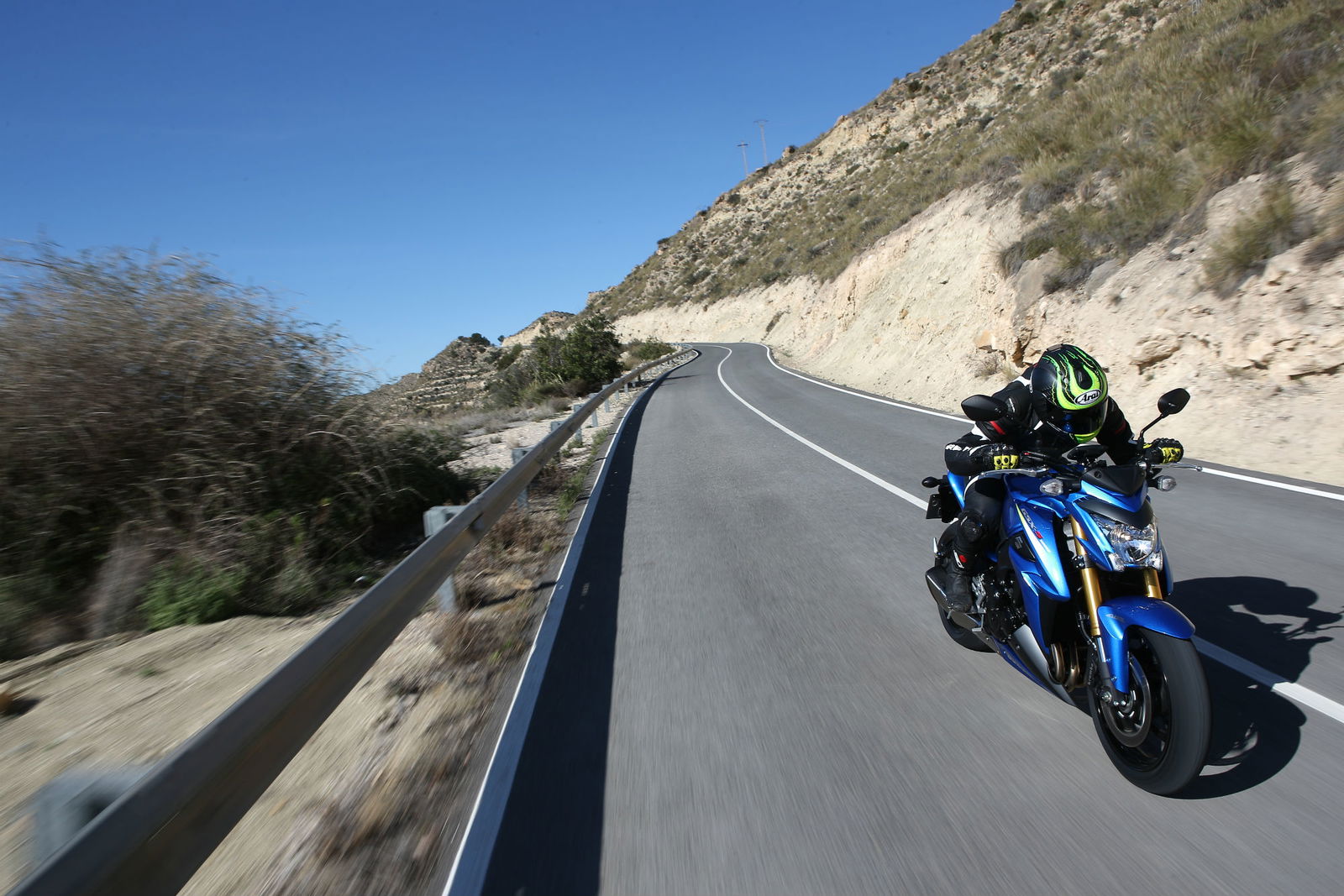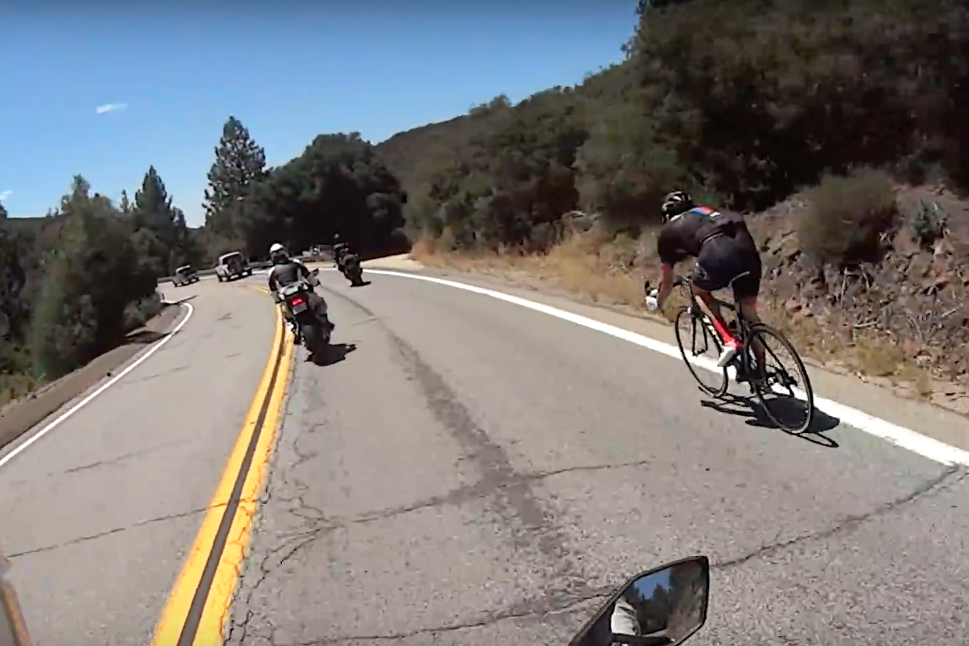Five lessons only experience can teach
Because learning to ride is just the beginning

THEY SAY learning to ride really begins once you’ve passed your test. Or maybe I just made that up. Either way, the business of becoming a better rider begins in earnest once you’re on the road on your own.
Racking up the miles is time spent honing and developing all the fundamental skills you were first equipped with, but more importantly, is when you’ll really start learning to ride and learning more about riding and that’s one of the things that’s so great about bikes. Although that might sound cheesier than what I scrape out from between my toes each evening, it’s true – road craft, fine machine control, observation, anticipation and general riding savvy all come from being on the bike, experiencing different situations, learning from them and becoming better.
So, here are five lessons you'll only learn from experience.
360° awareness

Knowing what’s happening all around you comes with time and a good rider will know how the situation around him/her is evolving all the time. Strong awareness of what’s happening in front, behind and to the side doesn’t come through mastering the Force, but from consistent and habitual mirror checking and being in the habit of turning you head to the side every now and then.
Having good awareness of what’s going on around you will feed in to all your on-bike decisions. It means you’ll be able to anticipate and react to situations as they unfold and will be well informed when you want to progress safely, turn up the wick or change your road position. It’ll mean you’ll have the earliest warning of when something unexpected or sudden starts happening, and will be best prepared to avoid it, but it takes practice and time.
You can’t always see everything

Just as an experienced rider will have a good idea of what going on around him/her, that same rider will also know that you can’t always see everything.
This might seem contradictory to the first point but it’s not – you could come to a stop in a queue of traffic and not be able to see the temporary traffic lights up ahead, or the OAP-driven caravan that’s doing a 37-point turn around the corner, but you might be aware of the aggressive driving of the car behind you.
Knowing that you can’t see everything teaches patience and reminds you to think about what could be happening – both of which will keep you safe.
Accomplished cornering

Remember when you first learnt to ride and corners were a cause for concern? Approaching a bend probably meant a good deal of caution, maybe some occasional panic braking, followed by relief at making it out the other side.
Time on the bike does wonders for confidence and ability and it’s most effective when it comes to bends; by riding your bike and gaining experience, you’ll cultivate critical cornering competence in no time.
Obviously, you can make it round a corner when you’re inexperienced but really getting a bend right comes with time. Experience on a bike will teach you finer brake and throttle control, confidence with turning in and approach speed and you’ll also become more familiar with your bike, and what it’s capable of.
Safe filtering

Being able to safely negotiate traffic is something that can only come with time. Sure, reaching the front of a queue of traffic might not be too difficult for most but doing so with skill doesn’t happen as soon as you’ve hit the road on your own for the first time.
Experience will teach you the little tips and tricks necessary to avoid danger. Safe filtering is more complicated than knowing when to proceed and when to hang back and wait - it’s about spotting other road users who are likely to turn across you path, the ones not paying attention, those who look lost and are likely to abruptly stop or turn and really taking in your surroundings.
Safe filtering comes down to extracting as much information as you can from other road users, and using it to stay alive, so spotting a car driver having an animated conversation with their passenger and moving around in their lane becomes something that informs your choice of what to do next.
Riding at speed

Have you ever been passed on the road by riders going a lot quicker than you and wondered how they’re doing it?
Well, it ain’t just down to a fast bike. No, riding at speed down your favourite stretch of road (or any stretch of road for that matter), comes from a combination of machine control, confidence and the ability to quickly read the road and surroundings.
The more you ride, the more precise you’ll become, and so follows comes greater confidence with what your bike can do and what you can do with your bike. Before you know it, you’ll be faster and smoother than ever before. It means that instead of raging into a set of bends and hoping to make it out with a few ham-fisted inputs, you’ll assess each corner, getting your speed, positioning, braking and throttle application correct.

